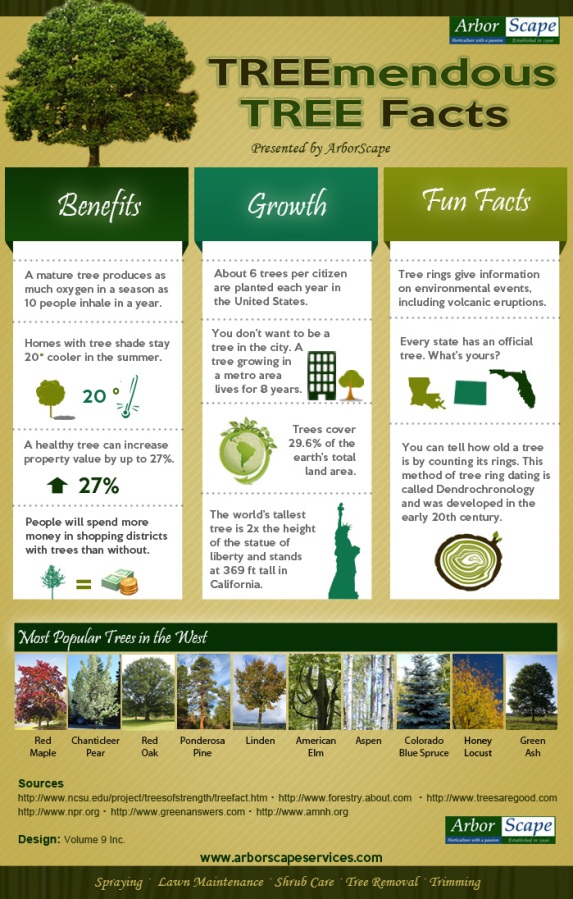Can Trees Be Saved? Just How To Tell If Tree Removal Is Essential
Can Trees Be Saved? Just How To Tell If Tree Removal Is Essential
Blog Article
Writer-Lindgaard Colon
If you have actually ever before wondered about the destiny of the trees on your residential property, comprehending when it's time for removal is important. Yet how do you determine if a tree can be conserved or if removal is the only choice? By trying to find particular indicators and assessing safety and security threats, you can make enlightened choices that profit both your landscape and your environments. Allow's discover the essential factors that enter into play when choosing the destiny of a tree and how you can guarantee the very best result for your eco-friendly buddies.
Indications of Tree Decrease
If you notice any one of the complying with indicators of tree decrease in your yard, it might be time to consider tree removal.
One typical indicator is dead or rotting branches, which can suggest underlying issues affecting the tree's wellness. Look out for stained or shrivelled fallen leaves that linger even with appropriate care, as this could be an indication of illness or bugs.
One more warning signal is extreme leaning or a visible shift in the tree's base, which might suggest origin issues or structural instability. Keep an eye out for fungal growth on the trunk or origins, as this can show rot and endanger the tree's security.
In addition, if you observe large cracks in the trunk or major limbs, it's vital to resolve these issues immediately to prevent possible threats. Dealing with these indications of tree decline quickly can aid preserve the safety and visual appeals of your backyard atmosphere.
Safety Concerns
To ensure the well-being of your residential or commercial property and those around you, prioritizing safety problems associated with trees is paramount. Trees can position numerous safety and security threats otherwise effectively maintained. Dead or worn out branches may fall unexpectedly, jeopardizing individuals or harmful frameworks.
Leaning trees can additionally be hazardous, specifically if they're leaning towards a building or high-voltage line. In addition, trees with extensive root systems near foundations or below ground utilities can trigger significant damage over time.
It's vital to consistently check your trees for any indicators of possible threat. Watch out for https://www.bobvila.com/articles/2405-landscaping-made-easy/ in the trunk, large cavities, or signs of illness and decay. If you see any one of these issues, it's finest to speak with a specialist arborist to evaluate the situation and identify the required course of action.
Taking aggressive steps to resolve security issues quickly can protect against crashes and residential property damages in the future. Keep in mind, the safety of your residential or commercial property and those around you ought to always be the leading priority when it pertains to tree maintenance.
Consulting an Arborist
When taking into consideration the health and safety of your trees, getting in touch with an arborist is a crucial step. Arborists are educated specialists that specialize in the treatment and maintenance of trees. They can examine the general health of your trees, determine any kind of concerns such as diseases or architectural issues, and offer skilled recommendations on the best course of action.
By getting in touch with an arborist, you can obtain useful understandings right into the problem of your trees and identify whether removal is required. Arborists have the knowledge and experience to review the threats associated with maintaining a tree versus removing it. They can additionally use support on alternate solutions, such as pruning, cabling, or bracing, to assist preserve the tree whenever feasible.
Furthermore, arborists can help you browse any kind of regional regulations or allows that may be needed for tree elimination. Their competence can make sure that the procedure is accomplished securely and in compliance with any type of suitable regulations.
Conclusion
Finally, when identifying whether trees can be conserved or if elimination is necessary, it is important to consider indicators of decline and safety and security concerns. Consulting an arborist for a thorough assessment is essential in making the best choice for the tree's health and possible threats. Bear in mind, proactive treatment and timely action can assist preserve trees and stop mishaps.
